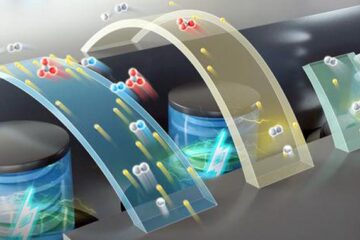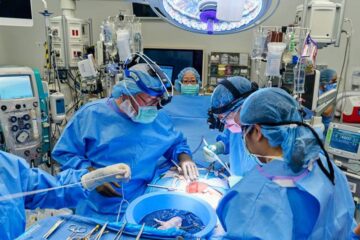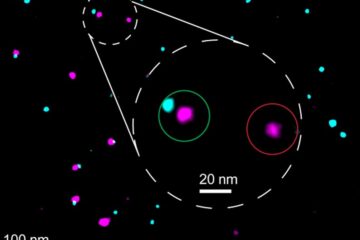Interlaboratory comparisons – towards global chemical safety

Explosion in a chemical plant, fire on a dangerous goods freighter… the causes may be many. Prevention however, starts with testing the hazardous properties of the chemicals in the test laboratory. Safety experts must be able to fully rely on the precise execution of the tests and assessments.
The BAM Federal Institute for Materials Research and Testing, Berlin supports the further development of an interlaboratory comparison programme within the Center for Quality Assurance for Testing of Dangerous Goods and Hazardous Substances, established in 2007. This is being operated by BAM in cooperation with the Quality Management and Statistics GmbH (quo data), Dresden, and the Physikalisch-Technische Bundesanstalt (PTB), Braunschweig.
Interlaboratory comparisons of the test methods for assessing physical and chemical properties such as explosive properties, flammability, oxidizing properties, corrosion behaviour, flash point, ignition temperature and combustibility of substances, preparations and mixtures should be carried out regularly.
The next interlaboratory comparison on the UN O.2 test method 'Test for oxidizing liquids' will be performed in the second half of 2009, and an interlaboratory comparison on the UN N.1 method 'Test method for readily combustible solids' will take place in 2010.
All laboratories may obtain information about current and future interlaboratory comparisons on the EPTIS Proficiency Testing Information System website (see http://www.eptis.bam.de/en/).
Contact:
Dr. Peter Lüth
Working Group Legislation in Chemical Safety Engineering
Department II Chemical Safety Engineering
Phone: +49 30 8104 1201
Email: peter.lueth@bam.de
Media Contact
All latest news from the category: Life Sciences and Chemistry
Articles and reports from the Life Sciences and chemistry area deal with applied and basic research into modern biology, chemistry and human medicine.
Valuable information can be found on a range of life sciences fields including bacteriology, biochemistry, bionics, bioinformatics, biophysics, biotechnology, genetics, geobotany, human biology, marine biology, microbiology, molecular biology, cellular biology, zoology, bioinorganic chemistry, microchemistry and environmental chemistry.
Newest articles

High-energy-density aqueous battery based on halogen multi-electron transfer
Traditional non-aqueous lithium-ion batteries have a high energy density, but their safety is compromised due to the flammable organic electrolytes they utilize. Aqueous batteries use water as the solvent for…

First-ever combined heart pump and pig kidney transplant
…gives new hope to patient with terminal illness. Surgeons at NYU Langone Health performed the first-ever combined mechanical heart pump and gene-edited pig kidney transplant surgery in a 54-year-old woman…

Biophysics: Testing how well biomarkers work
LMU researchers have developed a method to determine how reliably target proteins can be labeled using super-resolution fluorescence microscopy. Modern microscopy techniques make it possible to examine the inner workings…





















